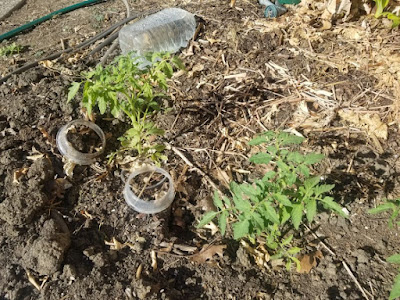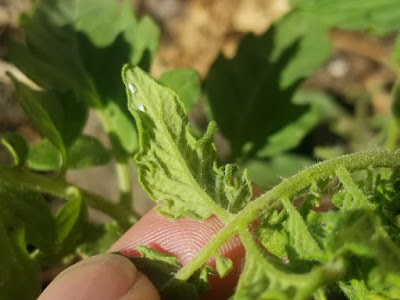So – in several other posts I have brought up the incredible benefits I have seen this last year by spraying some Serenade (Bacillus subtilis strain QST 713) on my plants. Though it is not a miracle cure for every plant problem that a gardener will encounter, Serenade did a fantastic job of helping my garden to thrive.

First of all, let me say that Serenade is no longer in production. Bayer purchased the company that made this product and has been distributing it on an extremely limited basis by a trade name that includes many other chemical pesticides, herbicides and fungicides. So trusting in Bayer to continue producing this product may not be a gardener’s best bet.
The exact same product, in larger quantities (starting at 1 gallon) and at a higher price is available by the name of CEASE by BioWorks. The main retail website to purchase this product is through Arbico Organics, who pays me nothing to say any of this.
So – what are the benefits of Bacillus subtilis strain QST 713? Especially before the fruiting stage of plant growth, this bacteria helps both the leaves and roots of the plant to flourish. Exactly how they promote healthy plant growth is unknown to myself, through I believe that they must, in some way, outcompete other “bad” bacteria to provide the plant with greater access to nutrient and more efficient use of sunlight than the plant would otherwise be able to experience. I don’t believe that there is a direct impact on the leaf, like is the case with many fungicides. Instead, the plant is provided the ability and opportunity to heal itself.

What are my experiences with this product? Increased growth in my cucumbers and tomatoes. Healing my cucumber, tomato and banana plants from environmental, bacterial and fungus conditions that would otherwise have killed the plants. What more can I say? Like I said, it is no miracle product, but – when applied every other week – it can make a huge difference in ensuring that plants continue to grow in a steady productive manner until the crop has matured.
Finally, I will try to make sure to link you to both the video I made along with the webpages where you can find this product.













































































